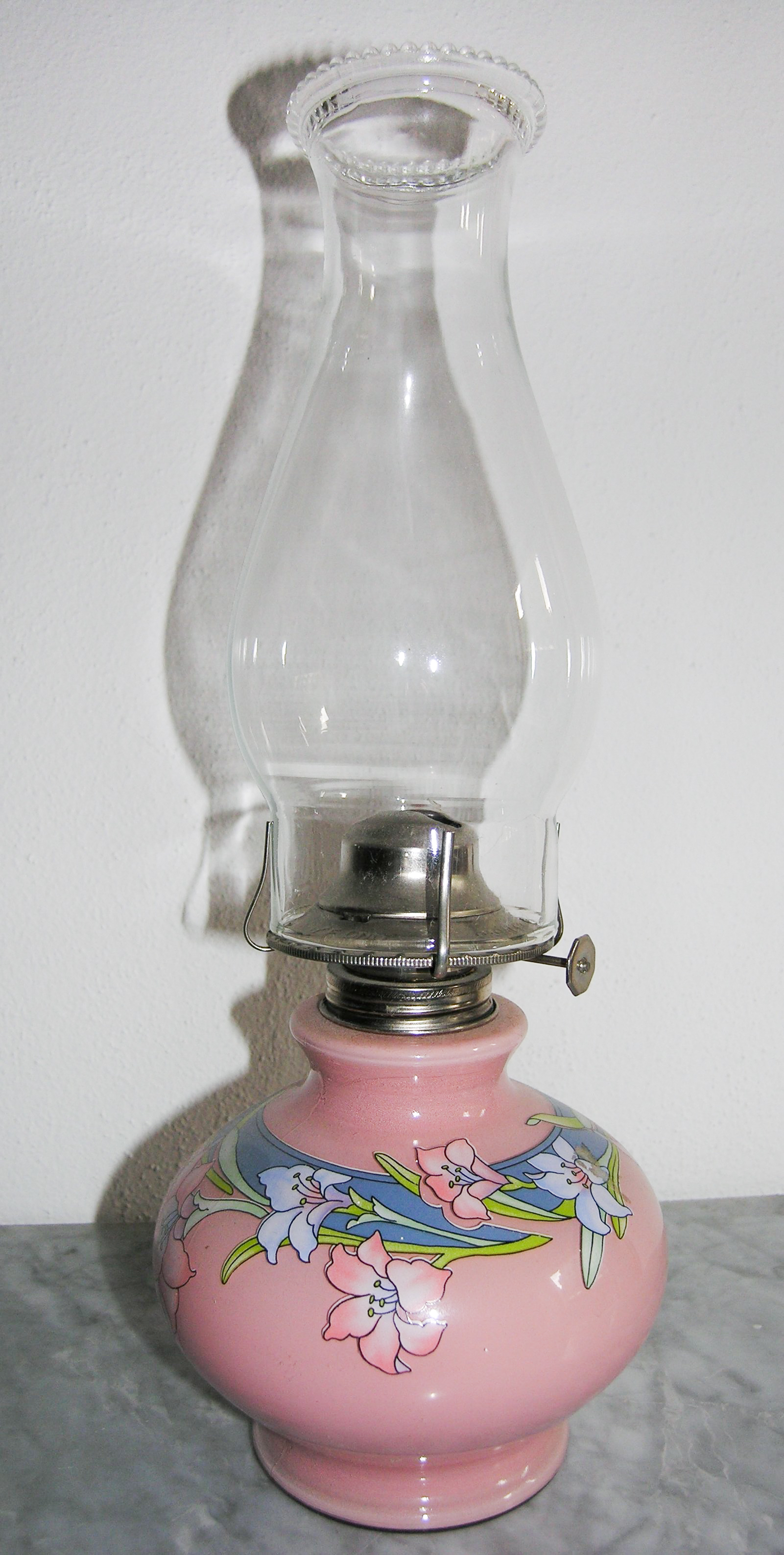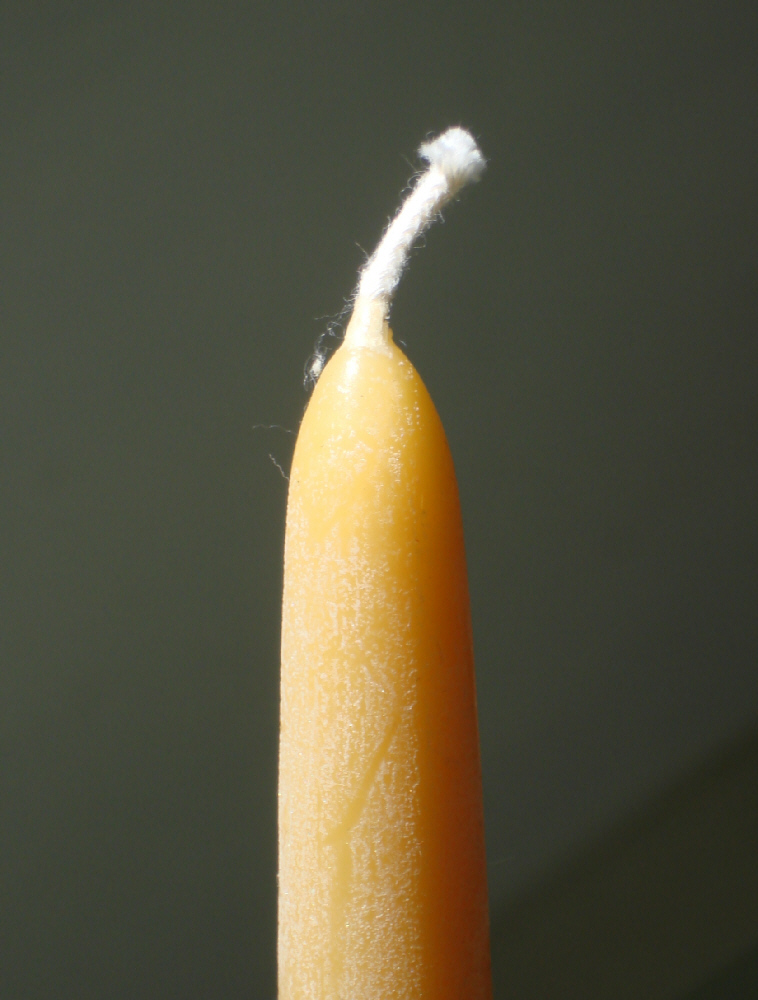|
Safe Bottle Lamp
The Safe bottle lamp, called sudeepa or sudipa for ''good lamp'', is a safer kerosene lamp designed by Wijaya Godakumbura of Sri Lanka. The safety comes from heavier glass, a secure screw-on metal lid, and two flat sides which prevent it from rolling if knocked over. History As surgeon Dr. Godakumbura saw many burn cases caused by kerosene lamp fires. Over 1 million homes in Sri Lanka do not have electricity, and rely on kerosene lamps for illumination, often improvised lamps made from bottles. These tall lamps tip easily, and when they do, the wick holder often falls out and starts a sudden, intense fire. Often the fuel falls on a nearby person, setting them ablaze and resulting in severe burns, often fatal. In 1992, Dr. Godakumbura set out to design a new lamp that was both safer, and inexpensive enough to be affordable by the impoverished Sri Lankans at risk for these fires. The resulting lamp is a small, flattened sphere, which resists tipping and rolling. It is made of thi ... [...More Info...] [...Related Items...] OR: [Wikipedia] [Google] [Baidu] |
Kerosene Lamp
A kerosene lamp (also known as a paraffin lamp in some countries) is a type of lighting device that uses kerosene as a fuel. Kerosene lamps have a wick or mantle as light source, protected by a glass chimney or globe; lamps may be used on a table, or hand-held lanterns may be used for portable lighting. Like oil lamps, they are useful for lighting without electricity, such as in regions without rural electrification, in electrified areas during power outages, at campsites, and on boats. There are three types of kerosene lamp: flat-wick, central-draught (tubular round wick), and mantle lamp. Kerosene lanterns meant for portable use have a flat wick and are made in dead-flame, hot-blast, and cold-blast variants. Pressurized kerosene lamps use a gas mantle; these are known as Petromax, Tilley lamps, or Coleman lamps, among other manufacturers. They produce more light per unit of fuel than wick-type lamps, but are more complex and expensive in construction and more complex to o ... [...More Info...] [...Related Items...] OR: [Wikipedia] [Google] [Baidu] |
Wijaya Godakumbura
Vidya Jyothi Dr Wijaya Godakumbura is the President of the Safe bottle lamp Foundation and was formerly a surgeon in Sri Lanka. Early life Wijaya was born in Pelmadulla in Ratnapura District. He passed his advanced level with high marks in 1959 from Nalanda College Colombo and entered Ceylon Medical College to study medicine. In 1964 he completed Bachelor of Medicine, Bachelor of Surgery and passed out as a doctor. while at Nalanda, Wijaya excelled in sport such as athletic and football. Career Later in 1970s he went to United Kingdom for further studies and training. After being specialized in the treatment of Burns, Wijaya returned to Sri Lanka and worked as a Surgeon in many hospitals. Invention of Safe Bottle Lamp After seeing and treating many patients who had burn injuries due to unsafe kerosine bottle lamps he developed the Safe Bottle Lamp in 1992. He established the Safe bottle lamp foundation in 1998 after winning the Rolex Awards for Enterprise. Then in 2009 his ... [...More Info...] [...Related Items...] OR: [Wikipedia] [Google] [Baidu] |
Improvised
Improvisation is the activity of making or doing something not planned beforehand, using whatever can be found. Improvisation in the performing arts is a very spontaneous performance without specific or scripted preparation. The skills of improvisation can apply to many different faculties, across all artistic, scientific, physical, cognitive, academic, and non-academic disciplines; see Applied improvisation. Improvisation also exists outside the arts. Improvisation in engineering is to solve a problem with the tools and materials immediately at hand. Improvised weapons are often used by guerrillas, insurgents and criminals. Engineering Improvisation in engineering is to solve a problem with the tools and materials immediately at hand. Examples of such improvisation was the re-engineering of carbon dioxide scrubbers with the materials on hand during the Apollo 13 space mission, or the use of a knife in place of a screwdriver to turn a screw. Engineering improvisations ... [...More Info...] [...Related Items...] OR: [Wikipedia] [Google] [Baidu] |
Bottle
A bottle is a narrow-necked container made of an impermeable material (such as glass, plastic or aluminium) in various shapes and sizes that stores and transports liquids. Its mouth, at the bottling line, can be sealed with an internal stopper, an external bottle cap, a closure, or induction sealing. Etymology First attested in 14th century. From the English word ''bottle'' derives from an Old French word ''boteille'', from vulgar Latin ''butticula'', from late Latin ''buttis'' ("cask"), a latinisation of the Greek βοῦττις (''bouttis'') ("vessel"). Types Glass Wine The glass bottle represented an important development in the history of wine, because, when combined with a high-quality stopper such as a cork, it allowed long-term aging of wine. Glass has all the qualities required for long-term storage. It eventually gave rise to "château bottling", the practice where an estate's wine is put in a bottle at the source, rather than by a merchant. Prior to this, w ... [...More Info...] [...Related Items...] OR: [Wikipedia] [Google] [Baidu] |
Candle Wick
A candle wick is usually a braided cotton that holds the flame of an oil lamp or candle. A candle wick works by capillary action, conveying ("wicking") the fuel to the flame. When the liquid fuel, typically melted candle wax, reaches the flame it then vaporizes and combusts. The candle wick influences how the candle burns. Important characteristics of the wick include diameter, stiffness, fire-resistance, and tethering. Wick types Candle wicks are normally made out of braided cotton.Franz Willhöft and Rudolf Horn "Candles" in Ullmann's Encyclopedia of Industrial Chemistry, 2000, Wiley-VCH, Weinheim. Wicks are sometimes braided flat, so that as they burn they also curl back into the flame, thus making them self-consuming. Prior to the introduction of these wicks specialty scissors were used to trim the excess wick without extinguishing the flame. Large diameter wicks typically result in a larger flame, a larger pool of melted wax, and the candle burning faster. In tealigh ... [...More Info...] [...Related Items...] OR: [Wikipedia] [Google] [Baidu] |
Burn (injury)
A burn is an injury to skin, or other tissues, caused by heat, cold, electricity, chemicals, friction, or ultraviolet radiation (like sunburn). Most burns are due to heat from hot liquids (called scalding), solids, or fire. Burns occur mainly in the home or the workplace. In the home, risks are associated with domestic kitchens, including stoves, flames, and hot liquids. In the workplace, risks are associated with fire and chemical and electric burns. Alcoholism and smoking are other risk factors. Burns can also occur as a result of self-harm or violence between people (assault). Burns that affect only the superficial skin layers are known as superficial or first-degree burns. They appear red without blisters and pain typically lasts around three days. When the injury extends into some of the underlying skin layer, it is a partial-thickness or second-degree burn. Blisters are frequently present and they are often very painful. Healing can require up to eight weeks and scarr ... [...More Info...] [...Related Items...] OR: [Wikipedia] [Google] [Baidu] |
Science Fiction
Science fiction (sometimes shortened to Sci-Fi or SF) is a genre of speculative fiction which typically deals with imaginative and futuristic concepts such as advanced science and technology, space exploration, time travel, parallel universes, extraterrestrial life, sentient artificial intelligence, cybernetics, certain forms of immortality (like mind uploading), and the singularity. Science fiction predicted several existing inventions, such as the atomic bomb, robots, and borazon, whose names entirely match their fictional predecessors. In addition, science fiction might serve as an outlet to facilitate future scientific and technological innovations. Science fiction can trace its roots to ancient mythology. It is also related to fantasy, horror, and superhero fiction and contains many subgenres. Its exact definition has long been disputed among authors, critics, scholars, and readers. Science fiction, in literature, film, television, and other media, has beco ... [...More Info...] [...Related Items...] OR: [Wikipedia] [Google] [Baidu] |
Arthur C
Arthur is a common male given name of Brythonic origin. Its popularity derives from it being the name of the legendary hero King Arthur. The etymology is disputed. It may derive from the Celtic ''Artos'' meaning “Bear”. Another theory, more widely believed, is that the name is derived from the Roman clan '' Artorius'' who lived in Roman Britain for centuries. A common spelling variant used in many Slavic, Romance, and Germanic languages is Artur. In Spanish and Italian it is Arturo. Etymology The earliest datable attestation of the name Arthur is in the early 9th century Welsh-Latin text ''Historia Brittonum'', where it refers to a circa 5th to 6th-century Briton general who fought against the invading Saxons, and who later gave rise to the famous King Arthur of medieval legend and literature. A possible earlier mention of the same man is to be found in the epic Welsh poem ''Y Gododdin'' by Aneirin, which some scholars assign to the late 6th century, though this is still a ... [...More Info...] [...Related Items...] OR: [Wikipedia] [Google] [Baidu] |
Canada
Canada is a country in North America. Its ten provinces and three territories extend from the Atlantic Ocean to the Pacific Ocean and northward into the Arctic Ocean, covering over , making it the world's second-largest country by total area. Its southern and western border with the United States, stretching , is the world's longest binational land border. Canada's capital is Ottawa, and its three largest metropolitan areas are Toronto, Montreal, and Vancouver. Indigenous peoples have continuously inhabited what is now Canada for thousands of years. Beginning in the 16th century, British and French expeditions explored and later settled along the Atlantic coast. As a consequence of various armed conflicts, France ceded nearly all of its colonies in North America in 1763. In 1867, with the union of three British North American colonies through Confederation, Canada was formed as a federal dominion of four provinces. This began an accretion of provinces an ... [...More Info...] [...Related Items...] OR: [Wikipedia] [Google] [Baidu] |
Rolex Award
Rolex SA () is a British-founded Swiss watch designer and manufacturer based in Geneva, Switzerland. Founded in 1905 as ''Wilsdorf and Davis'' by Hans Wilsdorf and Alfred Davis in London, the company registered ''Rolex'' as the brand name of its watches in 1908 and became ''Rolex Watch Co. Ltd.'' in 1915. After World War I, the company moved its base of operations to Geneva because of the unfavorable economy in the United Kingdom. In 1920, Hans Wilsdorf registered ''Montres Rolex SA'' in Geneva as the new company name (''montre'' is French for wristwatch); it later became ''Rolex SA''. Since 1960, the company has been owned by the Hans Wilsdorf Foundation, a private family trust. Rolex SA and its subsidiary Montres Tudor SA design, make, distribute, and service wristwatches sold under the Rolex and Tudor brands. History Early history Alfred Davis and his brother-in-law Hans Wilsdorf founded ''Wilsdorf and Davis'', the company that would eventually become ''Rolex SA'', in ... [...More Info...] [...Related Items...] OR: [Wikipedia] [Google] [Baidu] |




